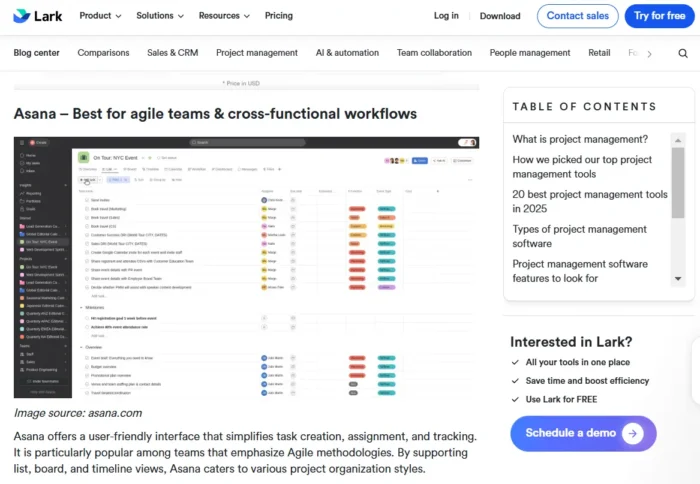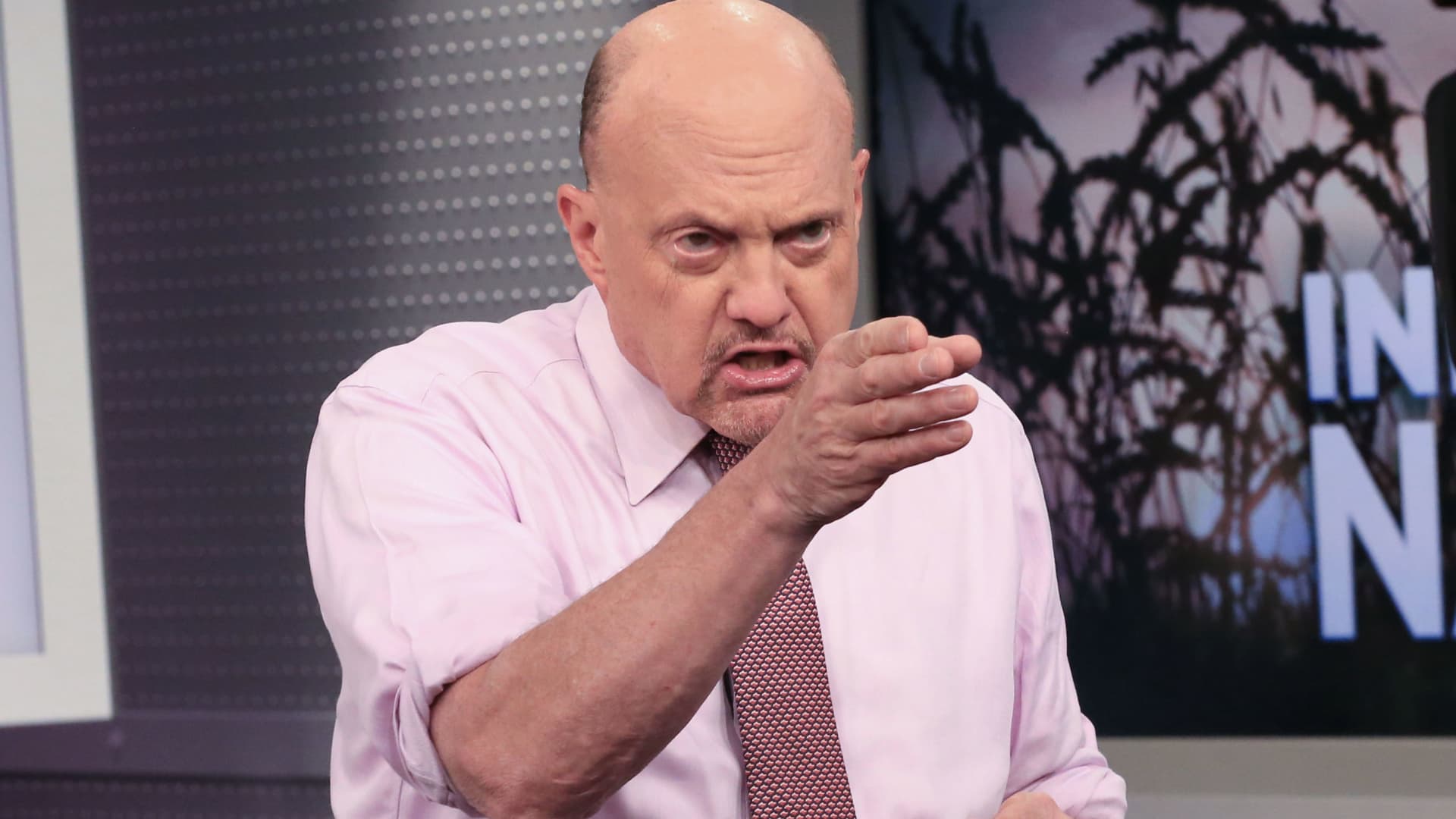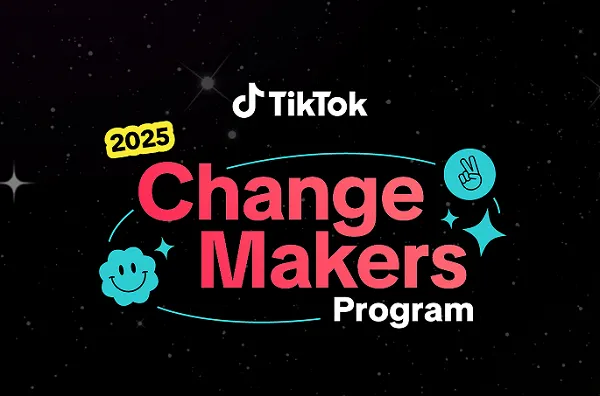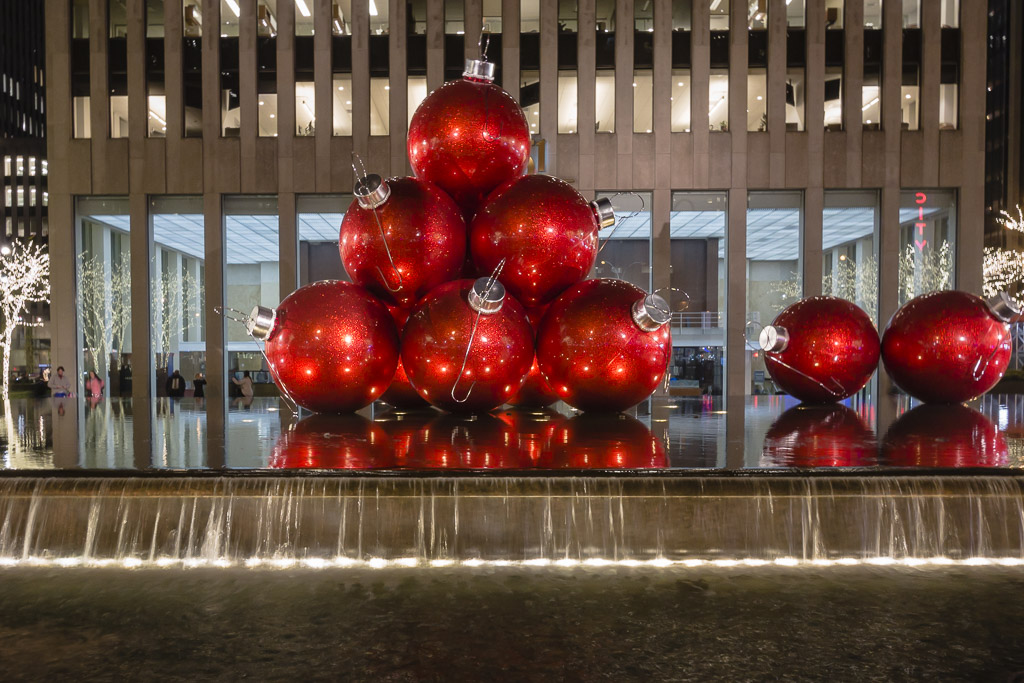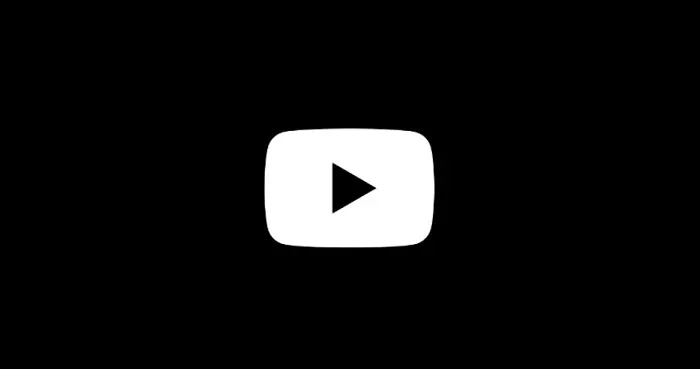Behind Coke’s World Cup marketing plans
Sponsors such as Coca-Cola must contend with Qatar controversies and the later-than-normal start date for the global soccer tourney.

Coca-Cola declined to detail media spending behind the campaign. But Brad Ross, VP of global sports and entertainment marketing, said it was ”more or less at the same level” as previous World Cups. “It’s one of our single biggest platforms that we bring to life across almost all of our markets,” he said.
The heavy investment marks a change from what Coke spent on the last major global sporting event, February’s Winter Olympics in Beijing, which Coke largely sat out despite being an Olympics sponsor. That decision came as sponsors faced scrutiny about China’s track record on human rights, including its treatment of the Uyghurs, a Muslim minority group.
Qatar is also under the microscope. Activists, including Human Rights Watch, have alleged that thousands of migrant workers have died from the heat and poor working conditions while constructing World Cup venues in Qatar. Critics have also cited the country’s laws against same-sex relations.
Asked about Coke’s marketing decision, Ross said: “We see this as a very important component of our brand plan and brand calendar,” adding that “we’ve always said that respectful human rights is a fundamental value for the Coca-Cola Company—and for us, sports has a very unique potential to unite and be a force for good in the world.”
Coca-Cola Co. specifically addressed the migrant labor allegations in a May statement that alluded to recent reforms in Qatar that include minimum wage laws. “We’re encouraged by FIFA’s advocacy, which has led to some significant reforms to improve the rights of migrant workers in Qatar,” Coke stated. “However, we recognize that further reform remains to be done.”
Jim Andrews, a sponsorship expert and founder and CEO of A-Mark Partnership Strategies, said Coke and other FIFA sponsors are “really in between a rock and hard place.” Sponsors have “spent a ton of money on buying these rights” and are “beholden to shareholders to do whatever they can to sell as many products and services as they can.”
While companies might face scrutiny, “I think a lot of them are starting to say, ‘You know what, we just have to bite the bullet and say we are supporting the World Cup, we are supporting soccer fans, this is not about anything other than that,’” Andrews said.
Indeed, fans are at the center of Coke’s campaign, especially in what Ross described as the first phase of ads debuting this week that feed into the anxiety fans face as the tournament draw is finalized.
“There is a certain emotional construct that comes with that as fans start to prepare and get ready,” Ross said.
Some of the ads focus on fan rituals, like sitting in a certain part of the living room for good luck.
The lead creative agency on the work is Interpublic’s Mercado McCann, which is based in Buenos Aires, Argentina. WPP’s OpenX, the dedicated Coca-Cola agency that won the account late last year, was also involved. (McCann won a competitive pitch for the World Cup creative work that had been underway at the same time as the global agency review that WPP won.) WPP is handling media planning and buying.
Coke’s marketing plan also includes its sponsorship of the ongoing FIFA World Cup Trophy Tour. The tour will hit the U.S. in early November with stops in Los Angeles, Dallas and New York before going onto Toronto, Coke confirmed. Those are among the cities that will play host to the 2026 Cup, which will be played across the U.S., Mexico and Canada.
Also posing a challenge for 2022 World Cup sponsors is the tourney’s late start date of Nov. 20. It is normally played in what is the summer season for Northern Hemisphere countries such as the U.S. (The 2018 Cup in Russia ran from mid-June to mid-July.) This means brands must budget differently.
Coke, for instance, normally invests a lot in holiday marketing starting in November. “And so we have to think very carefully about how we leverage both [the Cup and holiday marketing]—and you will see both leveraged in multiple markets,” Ross said.
Fox Sports, which will broadcast the World Cup in the U.S., is leaning into the late-season timing of the Cup with a frivolous ad in which Jon Hamm portrays a nervous Santa Claus who is worried about competing with the soccer event for attention.

 JimMin
JimMin 



















